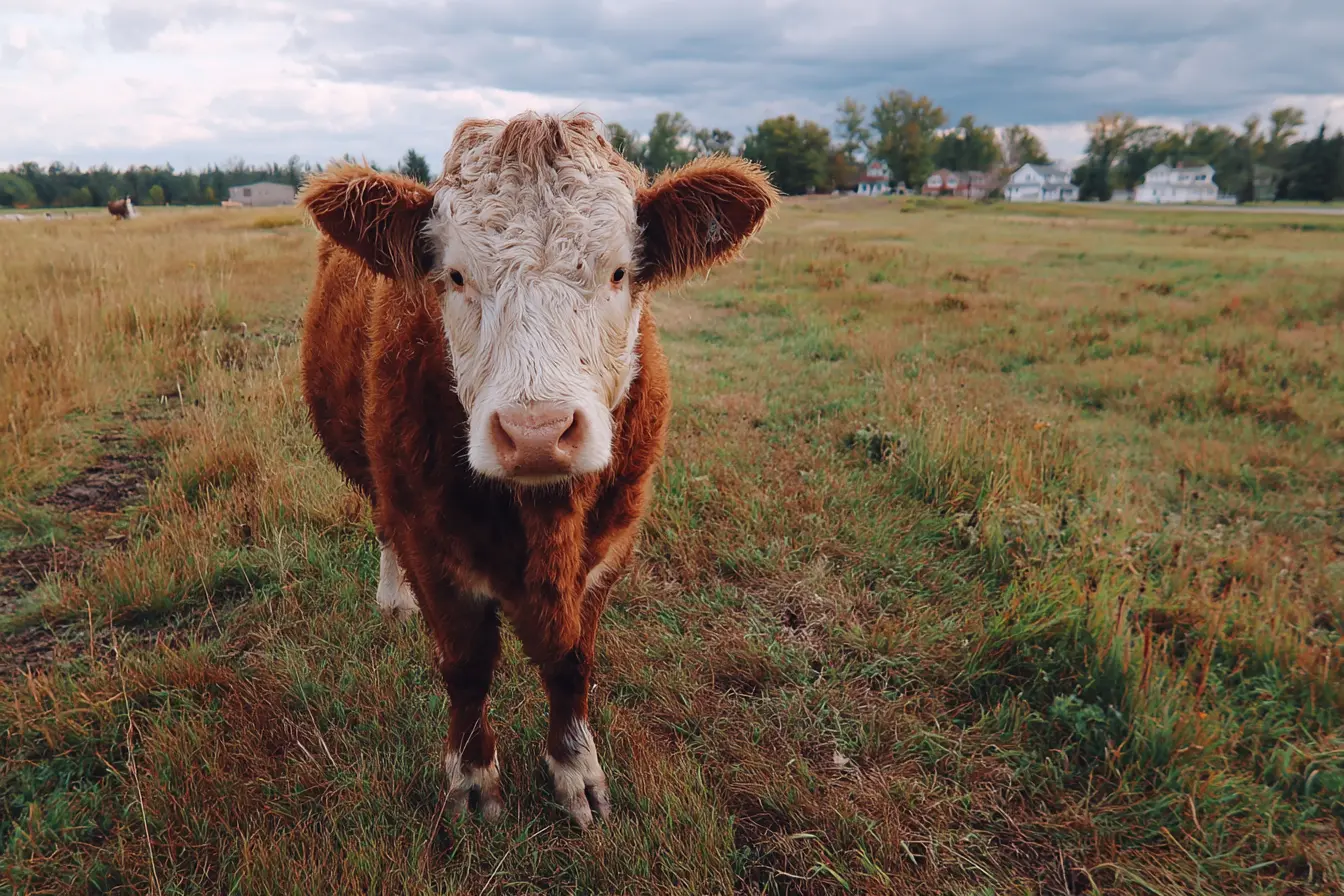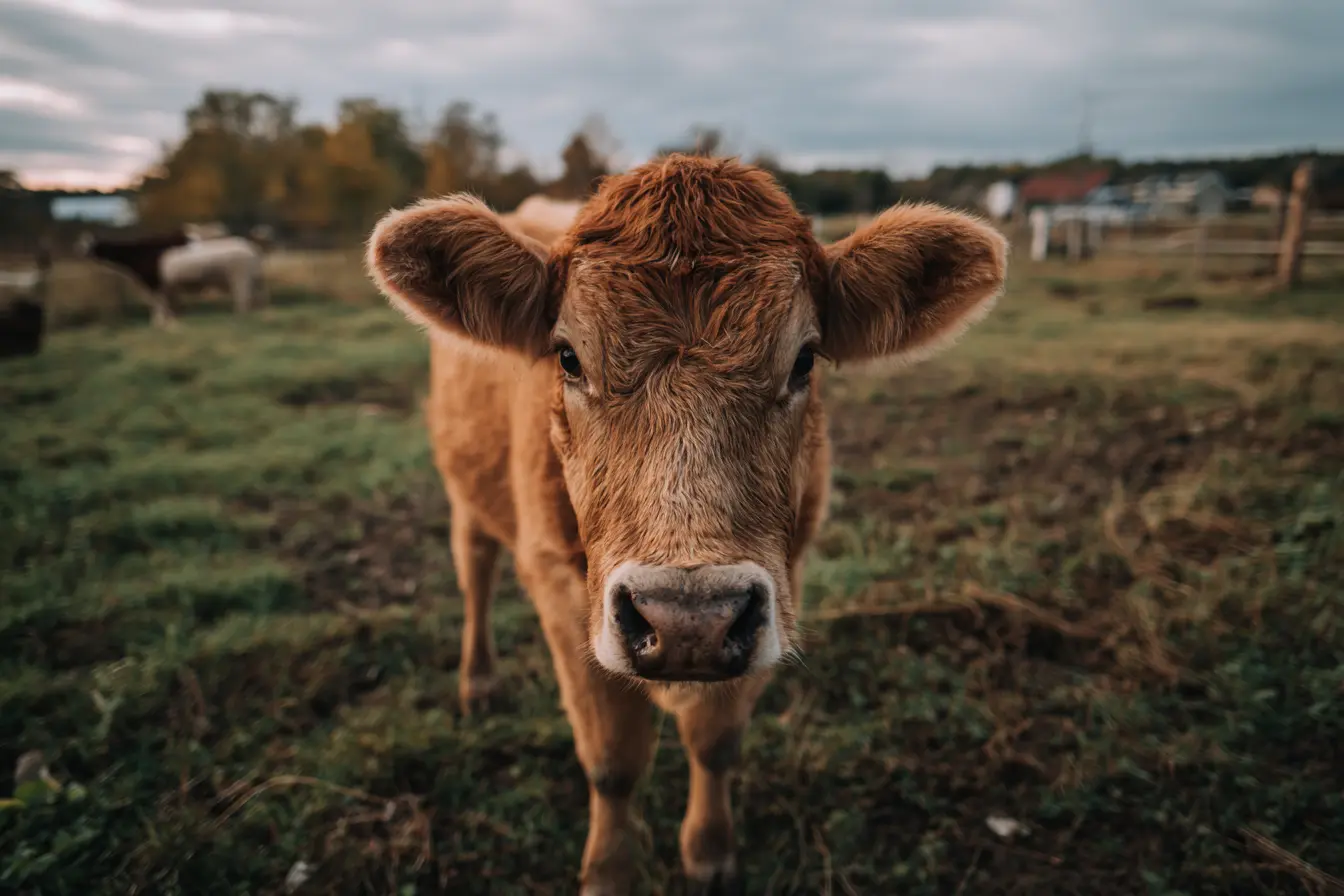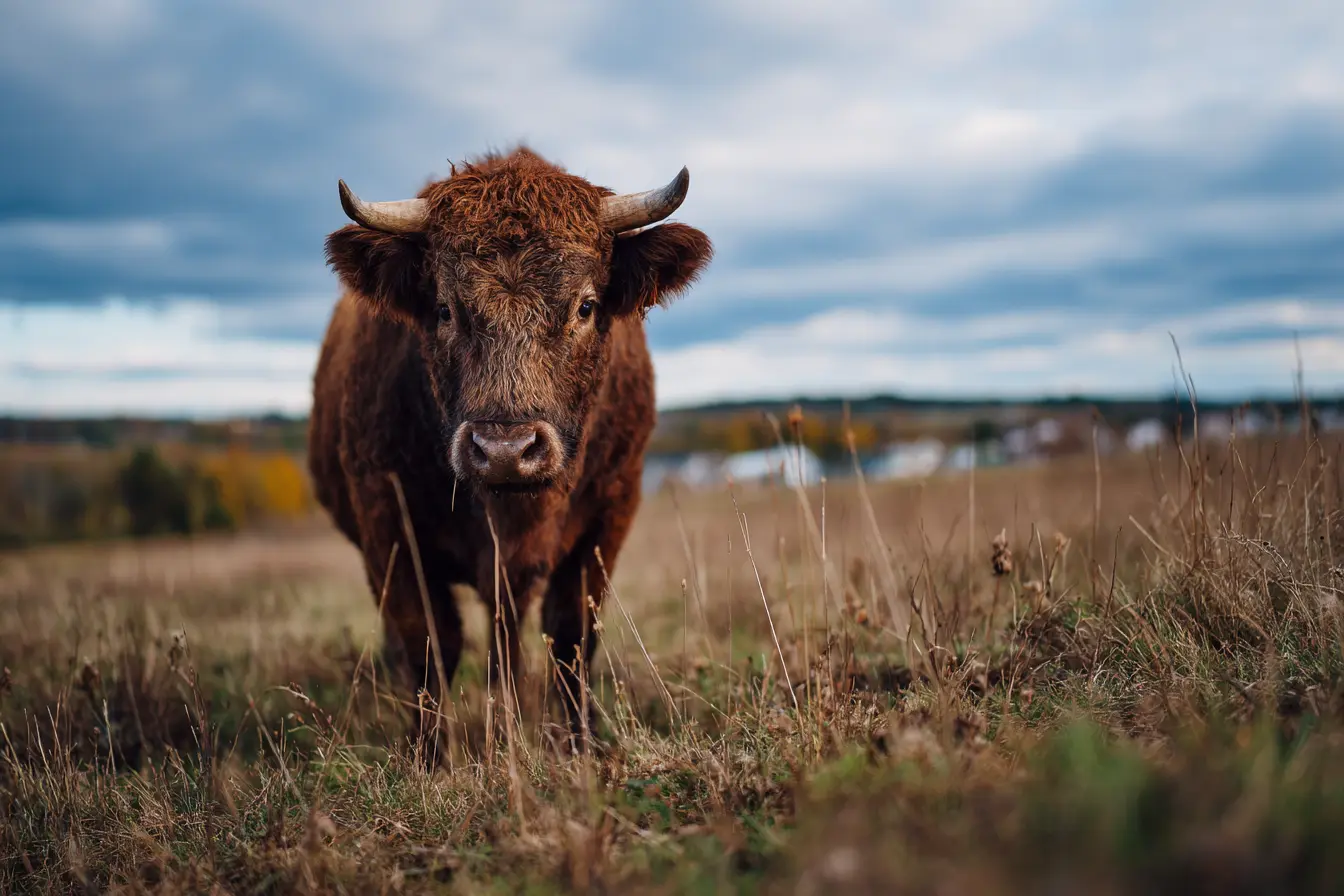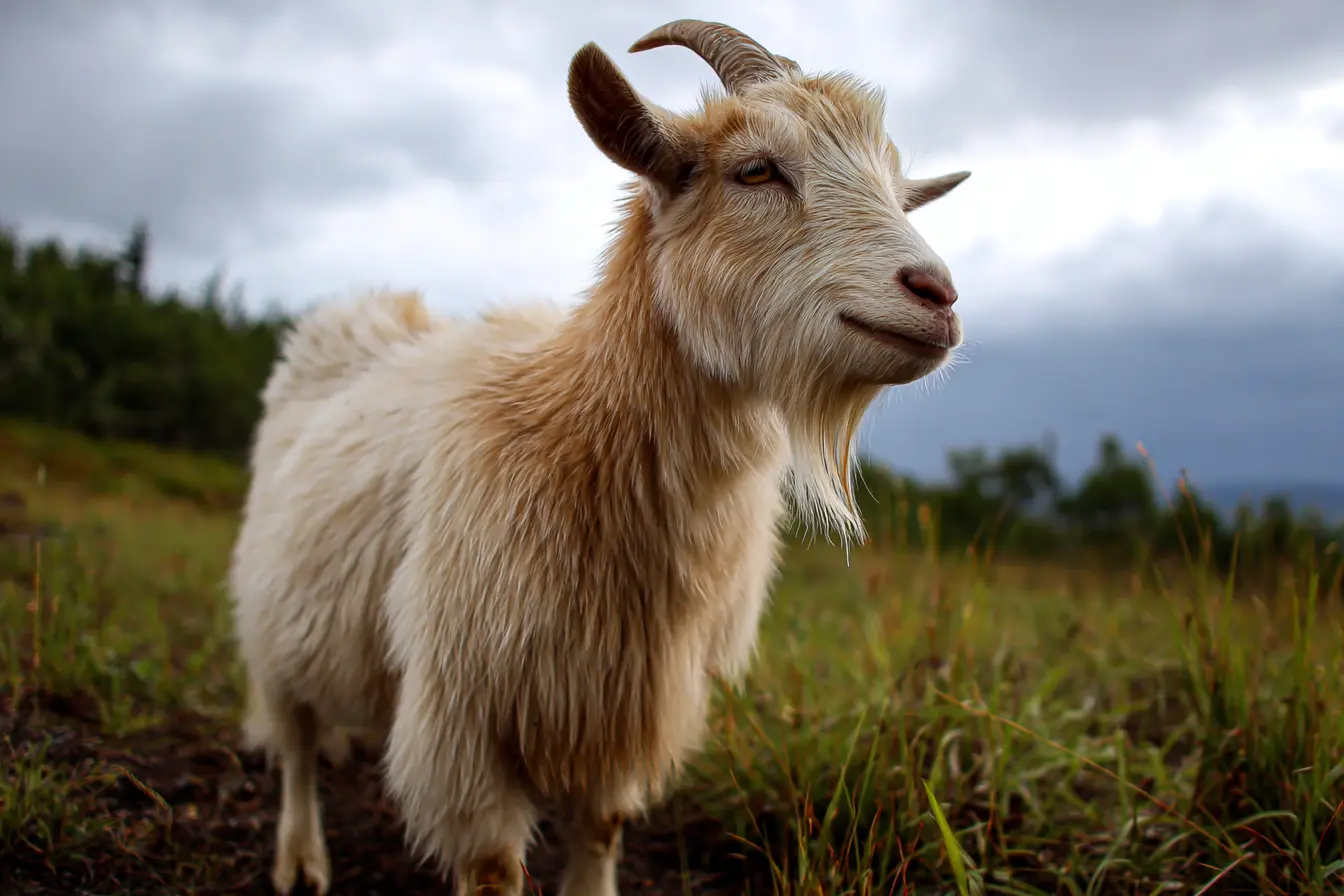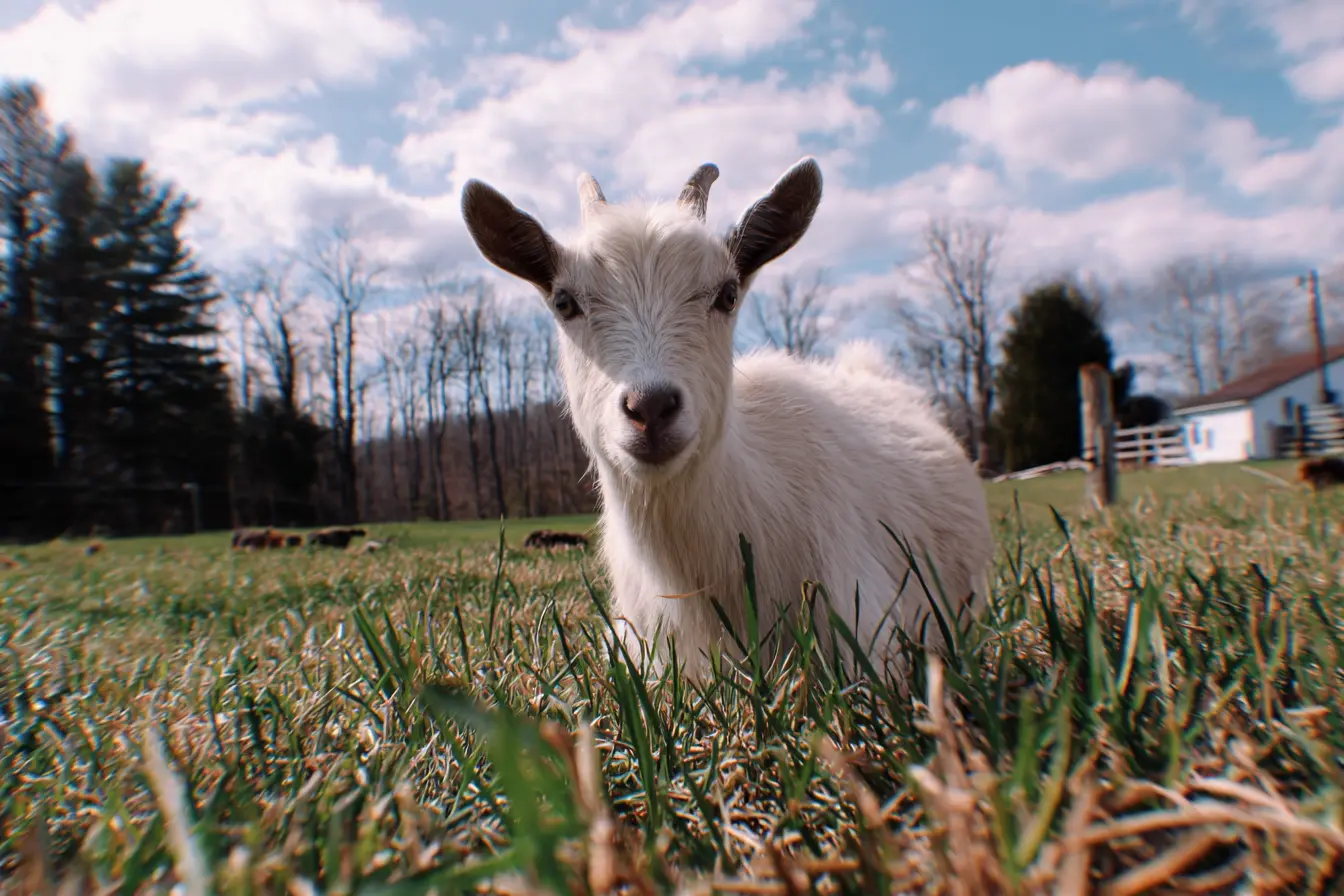
A Complete Guide to Pulpy Kidney Disease in Goats
Pulpy kidney disease, also known as enterotoxaemia, is one of the most dangerous clostridial diseases affecting goats. Caused by the bacterium Clostridium perfringens type D, it can strike suddenly and often results in rapid death, particularly in young, fast-growing kids.
For goat keepers in the UK, pulpy kidney disease is a significant concern because goats, like sheep, are especially vulnerable when management, diet, or vaccination programmes are not optimal. This guide explains everything you need to know about pulpy kidney disease in goats, including its causes, symptoms, diagnosis, treatment, and prevention.
What is Pulpy Kidney Disease?
Pulpy kidney disease occurs when Clostridium perfringens type D, a bacterium normally present in the intestines of healthy goats, multiplies uncontrollably.
Under certain conditions, the bacteria release large quantities of epsilon toxin, which:
- Damages blood vessels in organs such as the kidneys and brain.
- Causes rapid, severe illness.
- Leads to sudden death in many cases.
The name “pulpy kidney” comes from the soft, swollen kidneys observed during post-mortem examinations, which deteriorate rapidly after death.
Causes and Risk Factors
Pulpy kidney disease is usually triggered by factors that disrupt the balance of the digestive system:
- Dietary changes: sudden access to rich pasture, high levels of grain, or lush browse.
- High-energy diets: common in fast-growing kids and well-fed adult goats.
- Milk intake: unweaned kids receiving large amounts of milk are particularly susceptible.
- Irregular feeding: sudden breaks followed by overeating can increase risk.
- Vaccination gaps: unvaccinated or incompletely vaccinated goats are highly vulnerable.
Goats of all ages can be affected, but kids between 4 weeks and 12 months are most at risk.
Symptoms
In many cases, pulpy kidney disease causes sudden death without prior warning. However, some clinical signs may be observed:
- Sudden collapse and death in apparently healthy kids.
- Neurological signs: convulsions, staggering, or head pressing.
- Bloating and abdominal pain.
- Profuse diarrhoea in some cases.
- Blindness or aimless wandering in subacute cases.
Because the disease progresses extremely quickly, most goats are found dead rather than alive with symptoms.
Diagnosis
Diagnosis is typically based on history, signs, and post-mortem findings.
- History: sudden death in well-fed kids or adults, often after dietary change.
- Clinical signs: rapid progression from mild neurological symptoms to death.
- Post-mortem:
- Soft, swollen kidneys that break down quickly.
- Fluid accumulation around the brain (oedema).
- Haemorrhages in the intestines.
- Laboratory tests: detection of epsilon toxin confirms diagnosis.
Treatment
Treatment is rarely successful once symptoms are apparent, as the disease develops too quickly.
- High doses of broad-spectrum antibiotics such as penicillin may be attempted in very early cases.
- Antitoxins, where available, may help neutralise circulating toxins.
- Supportive care (fluids, pain relief, nursing) can be given but is rarely effective.
- In practice, prevention is far more effective than treatment.
Prevention
Pulpy kidney disease can be effectively prevented through vaccination and good management.
Vaccination
- The most reliable form of prevention.
- In the UK, no clostridial vaccines are licensed specifically for goats, so sheep vaccines are commonly used under veterinary guidance.
- Vaccination programme:
- Kids: begin vaccination at 6–12 weeks of age, depending on maternal colostrum cover. Two doses are given 4–6 weeks apart.
- Annual booster is required for ongoing protection.
- Breeding does: booster before kidding ensures protection for both the doe and her kids via colostrum.
Management
- Introduce dietary changes gradually, avoiding sudden access to grain, lush pasture, or silage.
- Ensure regular feeding without long fasting periods followed by overfeeding.
- Monitor the best-conditioned kids and adults, as they are most at risk.
- Avoid overfeeding concentrates, especially in young goats.
Economic and Welfare Impact
Pulpy kidney disease has serious implications for goat keepers:
- Sudden loss of valuable kids or breeding stock.
- Financial losses due to death of high-growth animals.
- Reduced productivity in terms of milk, fibre, and meat.
- Significant welfare concerns, as death is sudden and caused by severe toxin damage.
When to Seek Veterinary Help
A vet should be contacted if:
- You experience sudden unexplained deaths in kids or adults.
- You suspect pulpy kidney disease and need confirmation.
- You require advice on establishing or updating a vaccination programme.
- Deaths continue despite vaccination, which may suggest timing or vaccine-handling issues.
Conclusion
Pulpy kidney disease in goats is a fast-acting and often fatal condition caused by Clostridium perfringens type D. It most commonly affects healthy, fast-growing kids, but adults are also at risk.
While treatment is rarely successful, prevention through vaccination, careful feeding management, and good overall husbandry provides effective protection. For goat keepers in the UK, maintaining a robust clostridial vaccination programme and avoiding sudden dietary changes are key steps in protecting herds from this devastating disease.
Vets near you
Speciality vets
- Aquatics vet specialists
- Birds vet specialists
- Camelids vet specialists
- Cats vet specialists
- Cattle vet specialists
- Deer vet specialists
- Dogs vet specialists
- Equines vet specialists
- Exotic vet specialists
- Goats vet specialists
- Pigs vet specialists
- Poultry vet specialists
- Sheep vet specialists
- Small Mammals vet specialists
- Wild vet specialists
